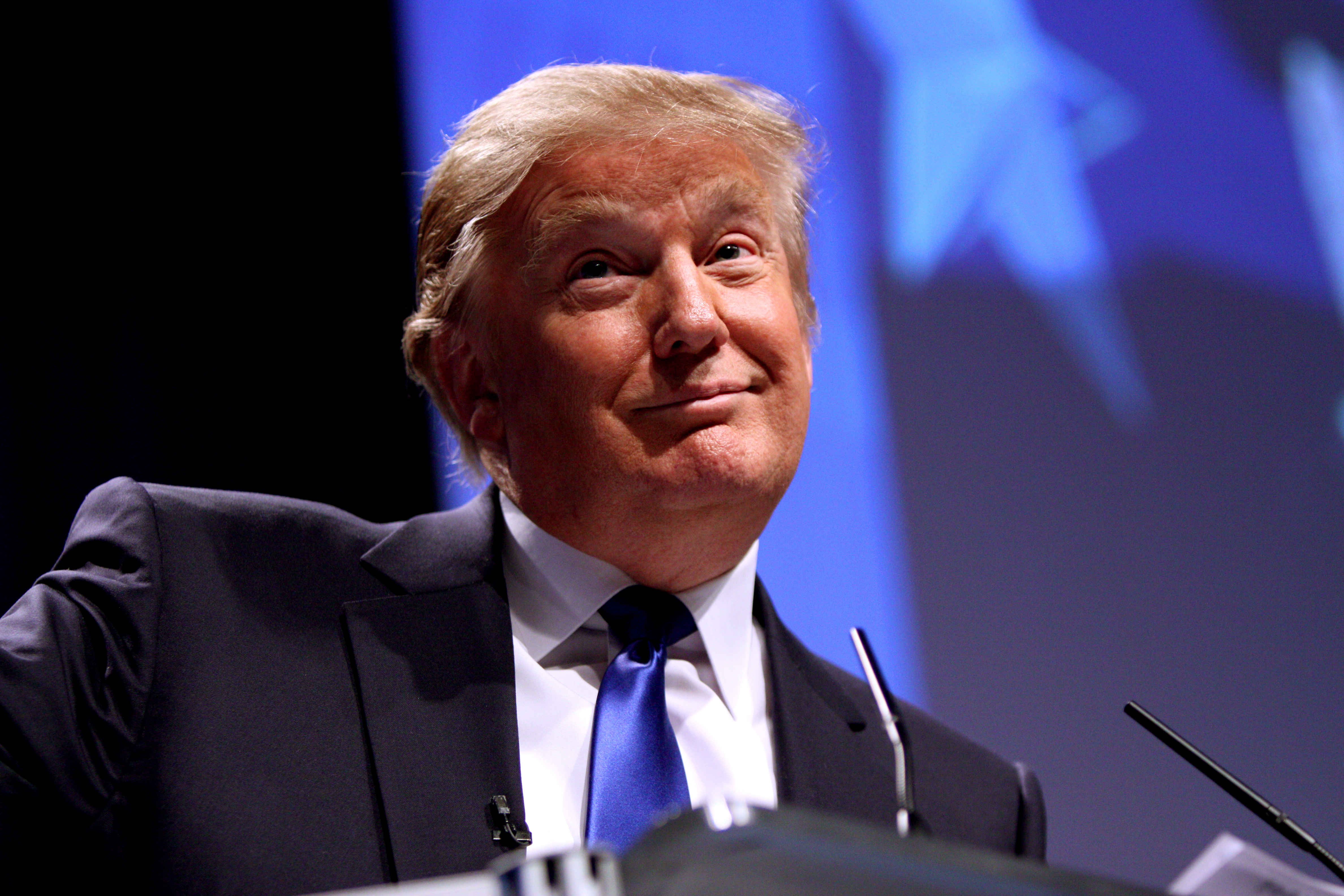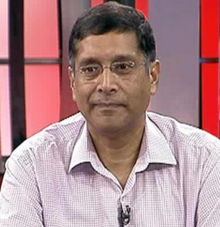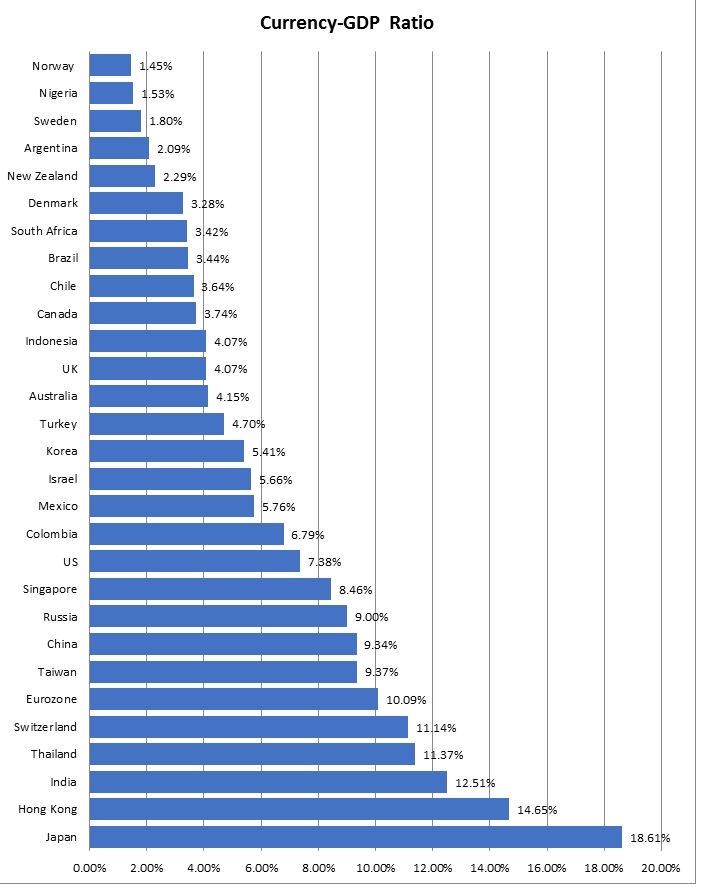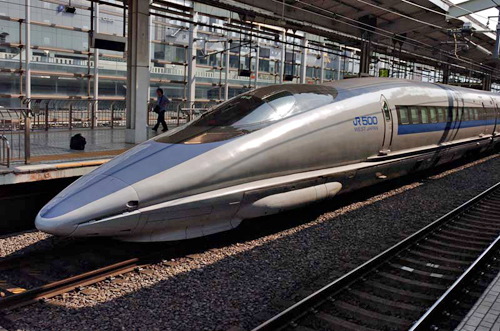On January 31, 2017, I wrote a column on Donald Trump and the Global Ponzi Scheme. Today’s piece is a continuation of that piece. Hence, Dear Reader, it’s best if you read the earlier piece, if you haven’t already, before you start reading this one.
One of the things that the new American President Donald Trump is trying to do is to cut down on the total amount of trade deficit that the United States runs with China. The trade balance is essentially the difference between the imports and the exports of any country. If the trade balance of a country is in negative territory, it is said to run a trade deficit, which the United States does.
Specifically, the United States runs a trade deficit with China i.e., it’s imports from China are significantly greater than its exports to China. Also, over the last three decades the trade deficit that United States has run with China has exploded. This can be clearly seen from Figure 1.
Figure 1:
As can be seen from Figure 1, the US trade deficit with China has jumped from almost zero in 1985 to around $367.2 billion in 2015. The curve takes a dip in 2016 primarily because only the data between January and November 2016 is currently available. Once the December 2016 trade deficit data comes in, the trade deficit curve will no longer take a dip by as much as it currently does.
President Trump wants to bring down this trade deficit with China and he has been quite vocal about it. The trouble is that this is easier said than done. This was the topic of discussion in my column published on January 31, 2017. For the sake of continuity, I will repeat some stuff from that column.
On a recent visit to Baltimore I had the pleasure of listening to the famous economist Richard Duncan. Duncan’s book The Dollar Crisis has had a tremendous impact on the way I looked at the international financial crisis, in my Easy Money books. As Duncan put it: “President-elect Trump [Duncan was talking before Trump took over as President] believes the US trade deficit has been responsible for the loss of manufacturing jobs in the United States and the downward pressure on US wages that has occurred over the last several decades.”
Now take a look at Figure 2.
Figure 2:
What does Figure 2 tell us? It tells us that the American import curve and the export curve are very closely matched. It tells us that the dollars earned by the countries which export goods and services to the United States (essentially imports for the United States), are used to buy goods and services being exported by the United States.
As Duncan puts it: “Over the past 35 years, that deficit has become THE driver of global economic growth. In fact, the entire global economy has been constructed around unbalanced trade.”
So, what will happen if Trump makes it difficult for the United States to import stuff from China and other parts of the world, as he has promised to do? If the American imports come down, so will its exports primarily because other countries won’t have the dollars required to import stuff from the United States. Also, with both imports as well as exports shrinking, the American trade deficit may not shrink.
There is a flip side to this as well and it is the Chinese exports and imports. Take a look at Figure 3.
Figure 3:
Figure 3 like Figure 2 before it makes for an interesting reading. The Chinese export as well as import curves are closely matched (though not as much as the American curves). When China exports less it imports less as well. One reason for that lies in the fact that it has fewer dollars to pay for the imports. One impact of this is that the import of commodities from all over the world, falls. This will have a huge impact on commodity exporting countries like Australia and Brazil, to name a few.
Over and above this, it will have an impact on way things are inside China as well. As Duncan puts it: “If China’s trade surplus were eliminated, the negative impact on China’s economy would be devastating. In all likelihood, China would experience a severe depression, that could threaten the rule of the Communist Party. China might respond militarily – just as Japan did at Pearl Harbor after the US imposed an oil embargo on Japan in 1941. No one should underestimate the damage that could result from an economic crisis in China.”
Hence, the impact of contracting the US trade deficit is going to be far reaching. In fact, things are not going to work out well for the US either. In fact, the dollars that China earned over the years have found their way back to the United States and have been invested in the US government bonds (US treasuries) and other financial securities.
This flood of money coming from outside (and not just from China) has helped keep interest rates in US low. As of November 2016, China owns $1.05 trillion in US government bonds. Just this number should tell us very clearly that Trump shouldn’t fiddle around too much with the US-China trade relationship.
If the US goes back eliminating its trade deficit, by bringing down its imports, other countries may not have access to as many dollars as they had in the past. This would mean that the total dollars that come into the United States and get invested in American government bonds and other financial securities, will come own. This will mean that interest rates in the US will rise.
As Duncan puts it: “Higher interest rates would cause credit to contract and the US economy to go into recession. Higher interest rates would also cause a sharp fall in US asset prices. That, too, would also cause the economy to go into recession. Higher interest rates could cause a wave of credit defaults in the US and around the world, potentially leading to a new systemic financial sector crisis.”
The global trade structure has morphed itself into a Ponzi scheme and that won’t be so easy to unravel. As I write in my the third volume of the Easy Money trilogy: “The United States is the biggest economy in the world. It accounts for nearly one-fourth of the world’s GDP. By virtue of this, it is also the world’s biggest market, where China, Japan, and countries from South-East Asia could sell their goods and earn dollars in the process. It is also the world’s biggest consumer of oil and consumes nearly a fourth of the global oil production. This meant that oil-rich states like Saudi Arabia could sell oil to it and thus earn dollars in the process.
So, the United States imported, and countries like China, Japan, Saudi Arabia, and other countries in Asia earned dollars in the process. These dollars were then invested in treasury bonds… as well as the private sector. With so much money chasing these American financial securities, the issuers of these securities could in turn offer low rates of interest on them.”
If the United States chooses to disturb this relationship, then it will get hurt in the process as well. His hatred for China notwithstanding, Trump should think about all the points highlighted here, before proceeding on this front.
(The column originally appeared on Equitymaster on February 7, 2017)




